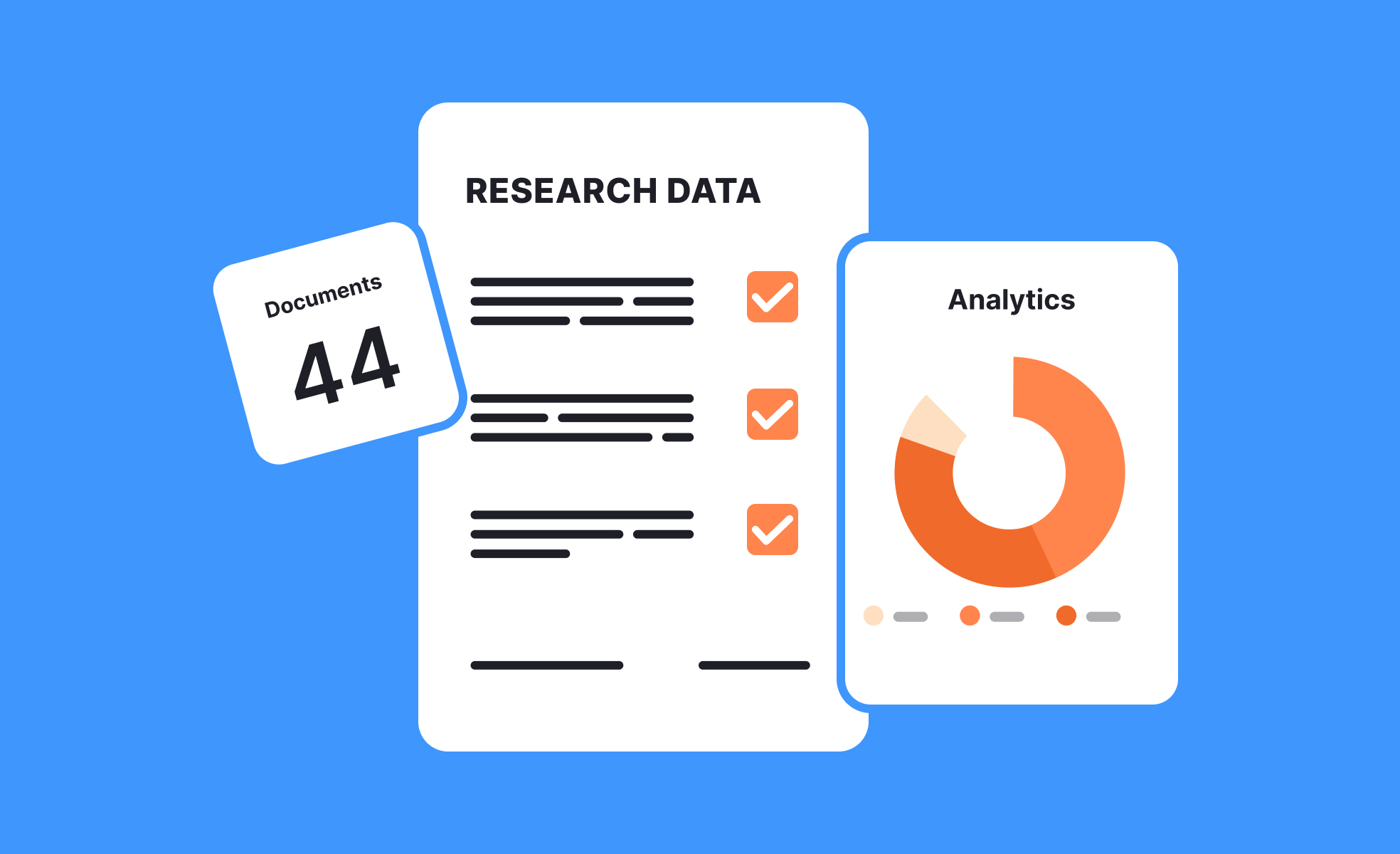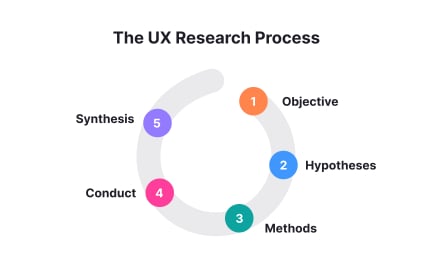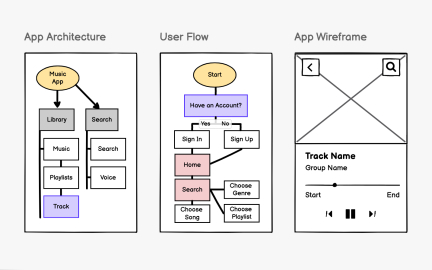Research Analysis & Feedback Management
This practice organizes, interprets, and shares user feedback and findings to guide product decisions and improve research visibility across teams.

What is Research & Feedback Management?
Your team collects user feedback and research insights sporadically and stores them in different places, making it difficult to identify patterns or apply learnings systematically to improve product decisions and user experiences.
Most teams gather valuable user research and feedback but lack organized processes for managing insights effectively, missing opportunities to leverage accumulated knowledge for better product development and strategic decisions.
Research and feedback management is the systematic collection, organization, analysis, and application of user insights, feedback, and research findings to inform product decisions through centralized knowledge management that makes research accessible and actionable for development teams.
Teams with strong research and feedback management achieve 50% better insight utilization, 35% faster decision-making, and significantly more user-centered products because research findings influence development rather than being collected but forgotten.
Think about how companies like Apple maintain comprehensive user research databases that inform product development across different teams, or how Netflix uses systematic feedback management to improve content recommendations and user experience continuously.
Why Research & Feedback Management Matters for User-Centered Development
Your valuable user research and feedback gets lost or ignored because insights aren't organized systematically, leading to repeated research, missed opportunities, and product decisions based on incomplete understanding of user needs.
The cost of poor research and feedback management compounds throughout product development. You repeat expensive research that already exists, miss user insights that would improve products, and make decisions without leveraging accumulated knowledge about user behavior and preferences.
What effective research and feedback management delivers:
Better research utilization because systematic organization makes existing insights accessible when teams need to make decisions rather than starting research from scratch for every product question.
When research is organized effectively, teams can build on previous learning instead of rediscovering the same user insights repeatedly.
Faster decision-making through quick access to relevant user insights and feedback that inform product choices without requiring new research for every decision.
More consistent user focus because centralized research helps all team members understand user needs rather than different people having different assumptions about user preferences and behavior.
Higher research ROI as systematic management ensures research investments generate ongoing value rather than providing one-time insights that are quickly forgotten.
Enhanced team alignment through shared access to user insights that create common understanding of user needs, preferences, and behavior patterns across development teams.
Advanced Research & Feedback Management Strategies
Once you've established basic research and feedback management capabilities, implement sophisticated knowledge management and insight application approaches.
AI-Powered Research Analysis: Use technology to identify patterns and insights across large volumes of research and feedback data that would be difficult to analyze manually.
Research Integration with Development Workflows: Connect research repositories directly to product development processes so insights influence decisions automatically rather than requiring separate research consultation.
Predictive Insight Application: Use accumulated research knowledge to predict user needs and behavior patterns that inform proactive product development and strategic planning.
Cross-Team Research Collaboration: Create research sharing and collaboration processes that enable different teams to contribute to and benefit from shared user knowledge.
Skipping research increases the risk of solving the wrong problem. Even light research is valuable.
Analysis breaks data down to find patterns; synthesis uses those patterns to define what to build or solve.
Common outputs include user personas, problem statements, and design principles.
Recommended resources
Courses

UX Design Patterns with Checklist Design

UX Research

Service Design
Lessons

Design Processes & Research Methods

Intro to Wireframing

Accessibility Research
Exercises
Projects

UX/UI Case Study for Inclusive Landing Page for Parliament of Georgia

Professional Profile Page Design











